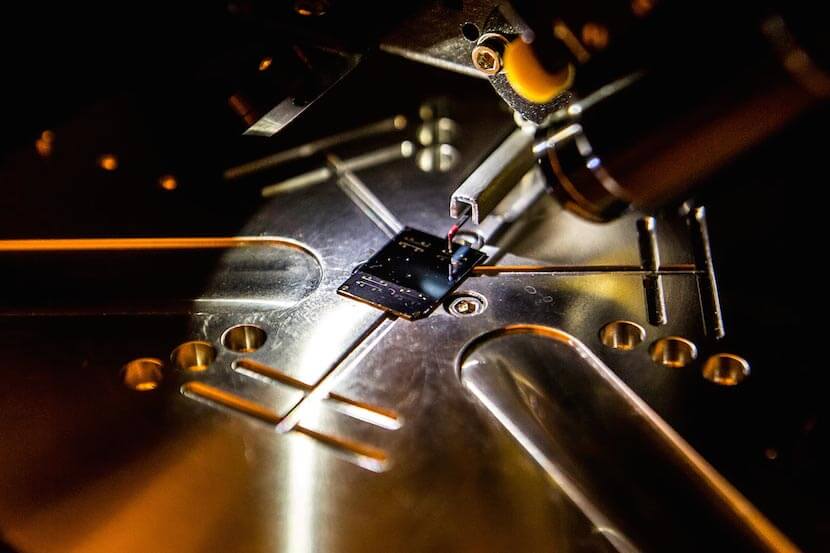A team of researchers at the University of Michigan (UM) have developed a technique to alter the molecular structures of plastics, or polymers, to make them more conducive to heat. Unlike traditional methods, this new technique of helping plastic throw off heat is inexpensive and scalable.
This innovation holds great promise for engineering fields in which a material that is both lightweight and thermal conductivity is required, such as in the manufacturing of vehicles, computers, and LEDs.
The UM research team includes professor of materials science and engineering Jinsang Kim, associate professor of mechanical engineering Kevin Pipe, mechanical engineering graduate researcher Chen Li, and materials science and engineering graduate student Apoorv Shanker.
The full paper is published in Science Advances.
“Plastics are replacing metals and ceramics in many places, but they’re such poor heat conductors that nobody even considers them for applications that require heat to be dissipated efficiently,” Kim said in a statement. “We’re working to change that by applying thermal engineering to plastics in a way that hasn’t been done before.”
The naturally low conductivity of polymers is due to the structure of their component molecules. Polymers are made up of molecular chains that are tightly coiled and tangled together. The reason polymers are notoriously bad at conducting heat is that thermal energy must traverse this complex molecular framework in order to travel through the material.
“The traditional method of increasing the thermal conductivity of polymers was to mix in a filler material, such as silver or alumina,” Pipe told The University Network. “The downside of this method is that it makes the polymer heavier, and more expensive to produce.”
In contrast, the method developed by the research team requires no filler, and does not alter the weight of the polymer. First, the polymer is dissolved in water. Then, electrolytes are added to the water/polymer mix. The addition of electrolytes raises the pH of the solution, and causes the individual links that make up the molecular structure of the polymer to repel each other. This repulsive force causes the coiled molecular chains to uncurl and straighten out.
Shanker used the analogy of a guitar string to describe the alteration. “Think of a tightly stretched guitar string compared to a loosely coiled piece of twine,” he said in a statement. “The guitar string will vibrate when plucked, the twine won’t. Polymer molecule chains behave in a similar way.”
Heat, after all, is nothing more than the vibration of molecules.
The new method increases the conductivity of polymers to approximately that of glass. This falls short of the conductivity levels of ceramics or metals, but it is a substantial increase nonetheless and could have a major impact in many industries.
“Researchers have long studied ways to modify the molecular structure of polymers to engineer their mechanical, optical or electronic properties, but very few studies have examined molecular design approaches to engineer their thermal properties,” Pipe said in statement.
While heat flow in materials is often a complex process, even small improvements in the thermal conductivities of polymers can have a large technological impact.
The research team is currently looking to expand the use of this technique to other types of polymers, and plans on producing a commercial product in several years.



